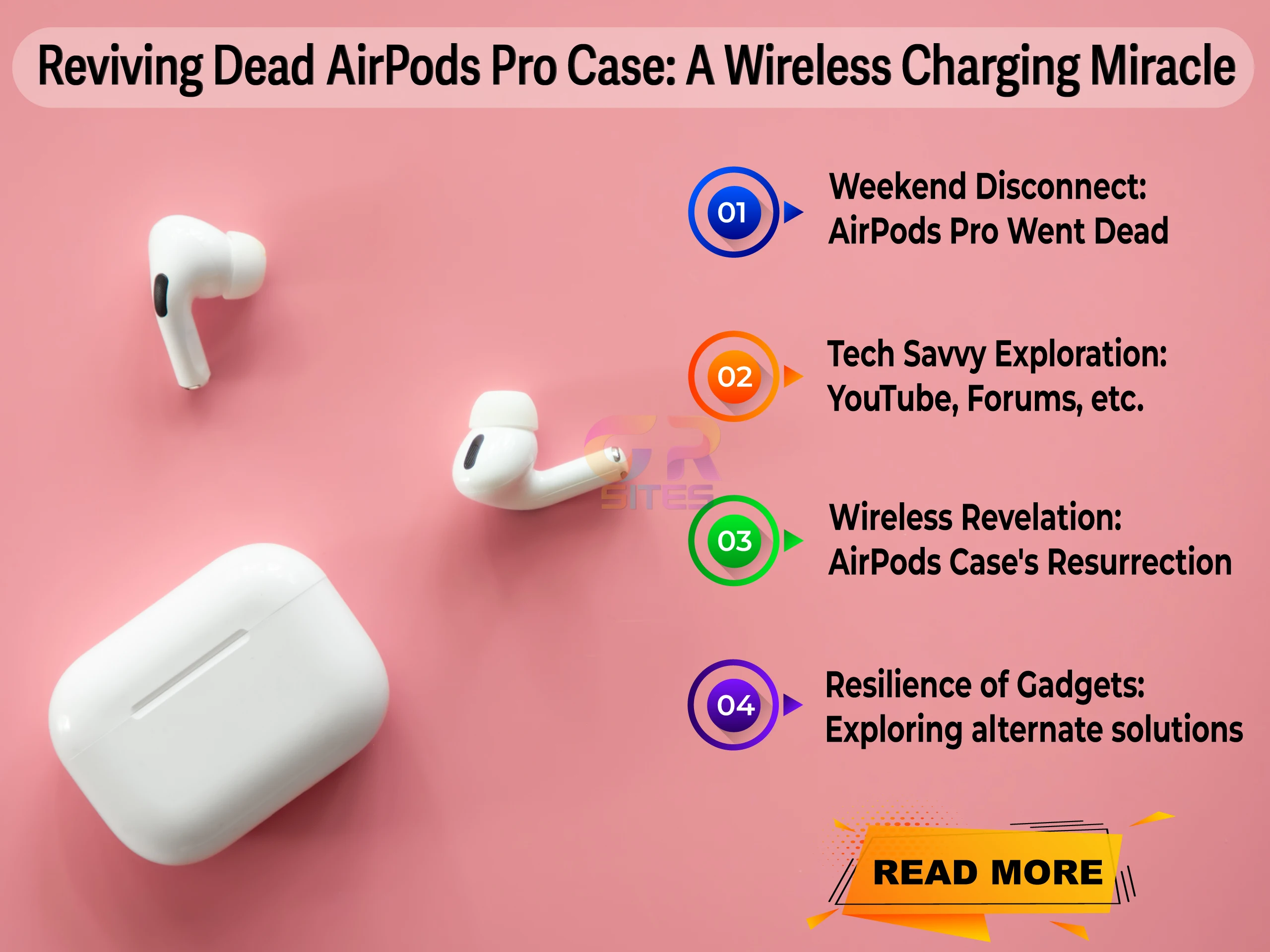
In recent times, the work landscape has seen a significant shift, with many tech companies adopting a hybrid work model that combines remote and office work. While this arrangement offers flexibility and work-life balance for employees, it has also sparked debates and disagreements between companies and their workforce. The question remains: Should tech companies force their employees to work from the office, or should employees have the right to work from home as per their convenience?
Tug-of-War: Remote Work vs. In-Office Work
The decision of whether to work from home or return to the office is not a one-size-fits-all solution. Both tech companies and their employees have valid arguments, making it a complex issue that requires careful consideration and a balance between convenience and productivity.
Tech Companies' Perspective
Tech companies, driven by the need for increased collaboration, creativity, and innovation, have emphasized the importance of employees working from the office. They argue that in-person interactions foster stronger team dynamics, spur spontaneous idea-sharing, and enable quicker decision-making processes. Furthermore, companies believe that having employees on-site is essential to maintain the company culture and to promote a sense of belonging among team members.
- The Productivity Concern: One of the primary reasons tech companies advocate for in-office work is the perceived increase in productivity. Companies fear that allowing employees to work remotely may lead to a decline in productivity due to potential distractions and a lack of supervision. However, recent studies have shown that remote work can actually boost productivity, as it allows employees to work in environments where they are most comfortable and can minimize interruptions.
- The Moonlighting Issue: Another concern tech companies raise is the possibility of employees engaging in moonlighting - working for other companies while still on the clock. Companies fear that remote work may blur the boundaries between work and personal life, leading to a lack of dedication to the job at hand. Nevertheless, trust and open communication between employers and employees can effectively address this concern.
Employees' Perspective
On the other side of the spectrum, employees value the flexibility and work-life balance that remote work provides. Commuting to the office daily can be time-consuming and exhausting, and remote work offers the opportunity to save time, money, and energy. Additionally, remote work allows employees to better manage personal commitments, leading to increased job satisfaction and overall well-being.
- Emphasizing In-Person Work Ethics: Contrary to the claims of tech companies, employees argue that remote work does not diminish their work ethics. In fact, many remote workers find themselves more focused and diligent in their tasks without the distractions often present in a bustling office environment. Employees believe that they can maintain their professionalism and dedication while enjoying the benefits of remote work.
- The Right to Choose: Employees assert that they should have the right to choose where they work, as long as they meet their productivity targets and deliver high-quality results. Forcing employees to work from the office may lead to dissatisfaction and attrition, especially if they can fulfill their responsibilities efficiently from the comfort of their homes.
Striking a Balance
- Define a Baseline: To create a harmonious work environment, both tech companies and employees should collaborate to define a baseline that accommodates the needs and preferences of all parties involved. This baseline should take into account the company's objectives, team dynamics, and individual workstyles.
- Two-Way Communication: Effective communication between tech companies and employees is paramount. Regular discussions can help address concerns, identify potential challenges, and foster trust between both parties. Companies must trust their employees to work diligently, and employees should feel comfortable sharing their preferences and concerns.
- Performance-Based Approach: Rather than focusing solely on the location of work, tech companies can adopt a performance-based approach. Evaluating employees based on their productivity, quality of work, and meeting of deadlines allows companies to gauge performance accurately, regardless of the work environment.
- Flexibility as a Reward: Tech companies can offer remote work as a reward for high-performing employees. This approach encourages employees to strive for excellence while granting them the flexibility they desire.
- Occasional In-Person Meetings: To address the need for in-person interactions and team building, tech companies can organize occasional in-person meetings or team-building activities. This allows employees to bond with their colleagues and fosters a sense of camaraderie.
Conclusion: A Collaborative Journey
The clash between tech companies and employees over remote and office work is an ongoing battle. However, through open communication, trust, and a focus on productivity, both parties can find common ground. By defining a baseline that considers the needs of all stakeholders and adopting a performance-based approach, tech companies can offer the flexibility employees desire while ensuring their objectives are met. Together, tech companies and employees can embark on a collaborative journey to create a work environment that is both productive and supportive of individual needs.



